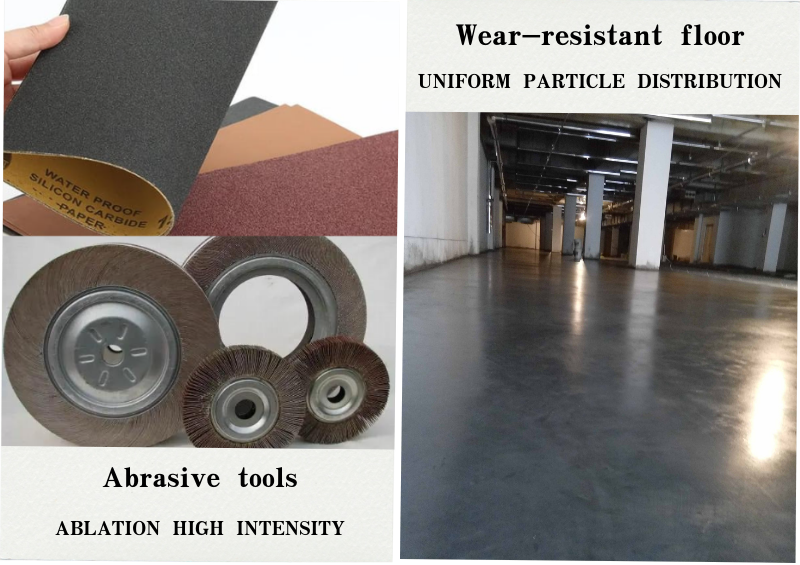
germanium and zeolite
The Synergy of Germanium and Zeolite Unlocking New Frontiers in Material Science
Germanium and zeolite may seem like an unlikely pairing, but together, they present exciting possibilities in various fields, including materials science, environmental remediation, and health. Both materials possess unique properties that can complement each other, leading to innovative applications. This article explores the characteristics of germanium and zeolite, their individual advantages, and how their synergy could pave the way for future advancements.
Understanding Germanium
Germanium is a brittle, silver-white metalloid widely used in semiconductors, fiber optics, and infrared optics. Its unique electronic properties make it an essential material in the electronics industry, where it can improve the efficiency and performance of devices such as transistors and diodes. Moreover, germanium has gained attention in the field of medicine, particularly for its potential anti-inflammatory and immune-boosting effects. It is often studied in the context of dietary supplements and alternative medicine, though more research is needed to fully understand its therapeutic benefits.
The Role of Zeolite
Zeolites are crystalline aluminosilicate minerals known for their porous structures and high cation-exchange capacities. These materials are abundant in nature and can be synthesized in laboratories for specific applications. Due to their unique properties, zeolites have found applications in various industries, including catalysis, ion-exchange, and gas separation. They are also used in agriculture to improve soil quality and retain nutrients. Additionally, zeolites are increasingly recognized for their ability to capture heavy metals and radioactive isotopes, making them valuable in environmental remediation efforts.
The Synergistic Potential of Germanium and Zeolite
germanium and zeolite

When germanium and zeolite are combined, their distinct properties can lead to unique applications that leverage the strengths of both materials. One promising area of exploration is in the field of catalysis. Germanium, known for its semiconducting properties, can enhance the catalytic activity of zeolites, which are already excellent catalysts due to their porous structures. This synergy could potentially lead to the development of more efficient catalytic converters for reducing harmful emissions in automotive applications or improving chemical processes in the production of fuels and plastics.
Moreover, the combination of germanium and zeolite could have significant implications for environmental cleanup. Zeolites are already effective in removing contaminants from water and soil, while germanium’s properties may help enhance the removal of heavy metals or organic pollutants. By incorporating germanium into zeolite frameworks, researchers could develop advanced materials capable of addressing environmental challenges more effectively. These materials could be tailored to target specific pollutants, improve adsorption capacities, and enhance regeneration properties, making them highly sustainable solutions for environmental remediation.
Health and Wellness Innovations
In the health sector, the partnership between germanium and zeolite is also intriguing. While germanium has been studied for its potential health benefits, its effectiveness can be augmented when delivered in conjunction with zeolite. The porous nature of zeolite could facilitate the controlled release of germanium in the body, enhancing its bioavailability. This method may lead to new dietary supplements with improved efficacy for supporting immune function and reducing inflammation.
Furthermore, zeolites have shown promise in detoxifying the body by absorbing harmful substances and facilitating their excretion. By incorporating germanium into zeolite formulations, one could develop a unique detoxifying agent that not only removes toxins but also provides the added benefits associated with germanium.
Conclusion
The combination of germanium and zeolite presents a wealth of potential across various industries. As researchers continue to explore their synergistic effects, the possibilities for innovative technologies and applications seem limitless. From environmental remediation and catalysis to health and wellness solutions, the partnership between these two materials could redefine the boundaries of what is possible in materials science. Future studies should focus on optimizing their combined properties and identifying effective methods for their integration, as the potential benefits could significantly enhance technological advancements and contribute to solving some of the pressing challenges facing our world today.
Share
-
Premium Pigment Supplier Custom Solutions & Bulk OrdersNewsMay.30,2025
-
Top China Slag Fly Ash Manufacturer OEM Factory SolutionsNewsMay.30,2025
-
Natural Lava Rock & Pumice for Landscaping Durable Volcanic SolutionsNewsMay.30,2025
-
Custom Micro Silica Fume Powder Manufacturers High-Purity SolutionsNewsMay.29,2025
-
Custom Mica Powder Pigment Manufacturers Vibrant Colors & Bulk OrdersNewsMay.29,2025
-
Custom Micro Silica Fume Powder Manufacturers Premium QualityNewsMay.29,2025






